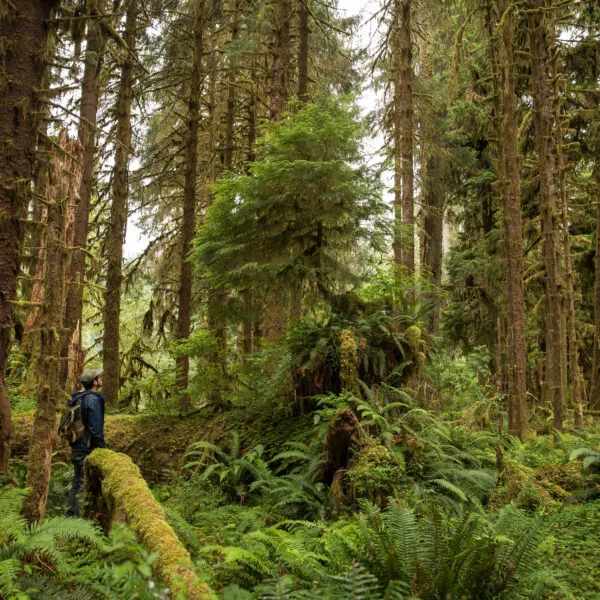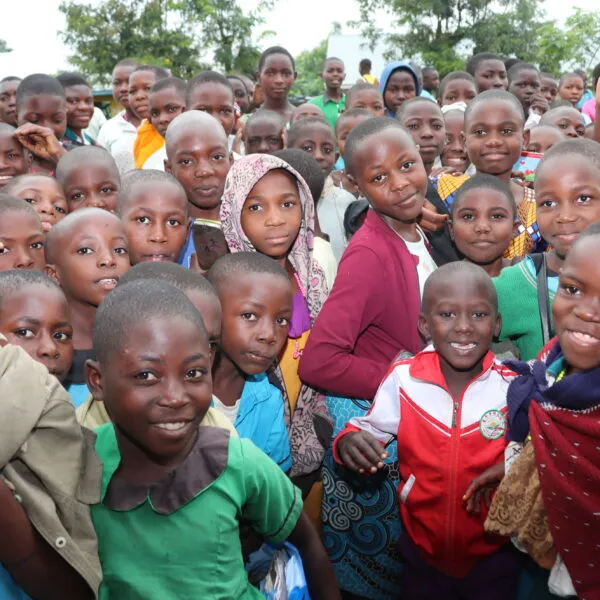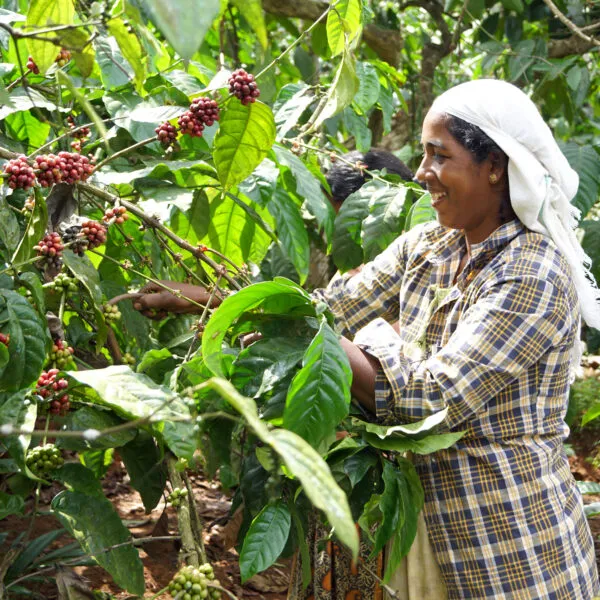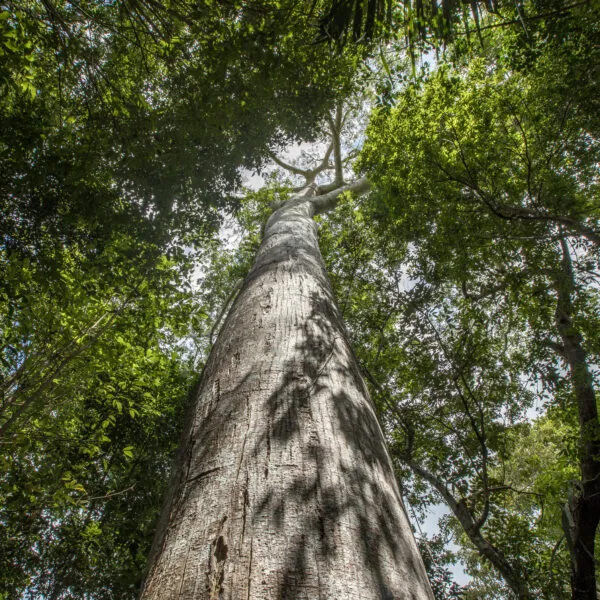The Rainforest Alliance and Olam are working together in the Western region of Ghana to achieve improved landscape conservation through a participatory multi-stakeholder governance structure, combined with improved income opportunities and well-being of the local communities.
While cocoa is the most important export crop for Ghana, farm expansion continues to be a principle driver of deforestation. Extensive low input agriculture production has resulted in significant deforestation throughout the country with devastating effects on the natural environment, and per-hectare production of cocoa has decreased because of poor management practices and increasing age of the cocoa trees. In addition, climate change is predicted to significantly affect cocoa production and its impacts are already being felt across the value chain.
Ghana produced more than one million tons of cocoa in 2011, about half of which is now coming from the Western Region. A study conducted by the Overseas Development Institute in 2007 indicated that one of the major drivers of cocoa expansion is favorable rainfall; the northern half of the Western Region was identified as an area of increasing land under cultivation. Thus, in the foreseeable future, the landscape (as well as surrounding districts) will likely continue to be highly valued land for cocoa cultivation.
Location
Ghana
The project:
- Aims to improve landscape conservation and improve income opportunities for local communities.
- Landscape governance will be operated through a Landscape Management Board (LMB), which will define and implement a cocoa-forest landscape action plan to improve and diversify income to incentivize behavior change towards forest protection, restoration of degraded ecosystems, and monitoring and control of the corridors of surrounding forest reserves.
- Seeks to strengthen the cocoa value chain of Olam Ghana Ltd. through public-private-producer partnerships that demonstrate transformational changes in production and business practices.
- Builds upon the successes of a previous partnership between the Rainforest Alliance and Olam in the same region. From 2011 to 2014, they worked together on the “Climate Cocoa Partnership for REDD+ Preparation” project, which worked to break the link between cocoa production and deforestation, and restore forest lands on and between cocoa farms to increase resilience to climate change. The project included a focus on diversifying opportunities for farmers to increase income, building efficient value chains, and serving as a learning model for future expansion of the project. It worked with a diverse set of stakeholders to accomplish these goals and provide a model for future scale-up.
Beneficiaries
Improving the landscape will directly affect a population of over 390,000 living in the area. There is also an increasing youth population and a significant percentage of women engaged in agricultural production. The populations in these areas are predominantly rural (over 90%), with most households (99.3%) engaged in crop farming, and the majority engaged in the production of food crops, palm tree and cash crops like cocoa. With such a high proportion of rural households in the districts engaged in crop farming, only a landscape scale transformation will achieve broad and sustainable impact.
Goals/desired impacts
- To protect the forest reserves and reduce deforestation, the project will influence farmer and community activities within a 1km radius of the 24km long forest fringes of both forest frontiers in the landscape. The project will work with farmers to help them meet the best climate-smart practices of the Rainforest Alliance Sustainable Agriculture Standard and Olam Livelihoods Charter (OLC), which are designed to result in greater productivity, improved farm management, access to finance, climate change resilience, and conservation of forest reserves and other aspects of biodiversity. By improving cocoa management practices and related yields and profitability, the project aims to contribute to restoring tree cover on farms and reducing pressure on surrounding forests.
- A key part of project output is the restoration of forest areas through the provision of native tree seedlings, leading to increased on-farm carbon stocks.
- The project aligns with the objectives of Ghana’s National Agricultural and Environmental Policy, the Forest Investment Program and the Ghana Emissions Reduction Program (ERP) in developing sustainable agriculture economy, protection of landscapes from degradation, and integration of sustainable land use and forest management into community planning. The ERP proposes to increase the forest coverage rate and produce 18.5 MtCO2e of emission reductions from deforestation in the five- year period (2016-2020).
- The project is also designed to ensure that implemented activities improve social capital through participatory planning and the consolidation of the LMBs. Through the participatory approach of these structures, local and regional land-use planning will be strengthened, as traditional community leaders and farmers become involved in a more long-term vision of the future of Ghana’s farming lands. Landscape management boards will be strengthened around the Sui, Tano Ehuru, Tano Suhien, Suhuma and Santomang Forest Reserves to plan and monitor economic and natural resource management activities within the landscape.
Partner organizations
Lead organization: Rainforest Alliance
Private partner: Olam International (Olam Ghana Limited)
Public partners: Ghana Cocoa Board, Ghana Forestry Commission, municipal and district assemblies
Civil society organizations: Sefwi Wiawso Landscape Management Board, Sefwi Akontombra Landscape Management Board, Traditional Council of Sefwi Wiawso
Funding: The project is funded with UK aid from the UK government.




